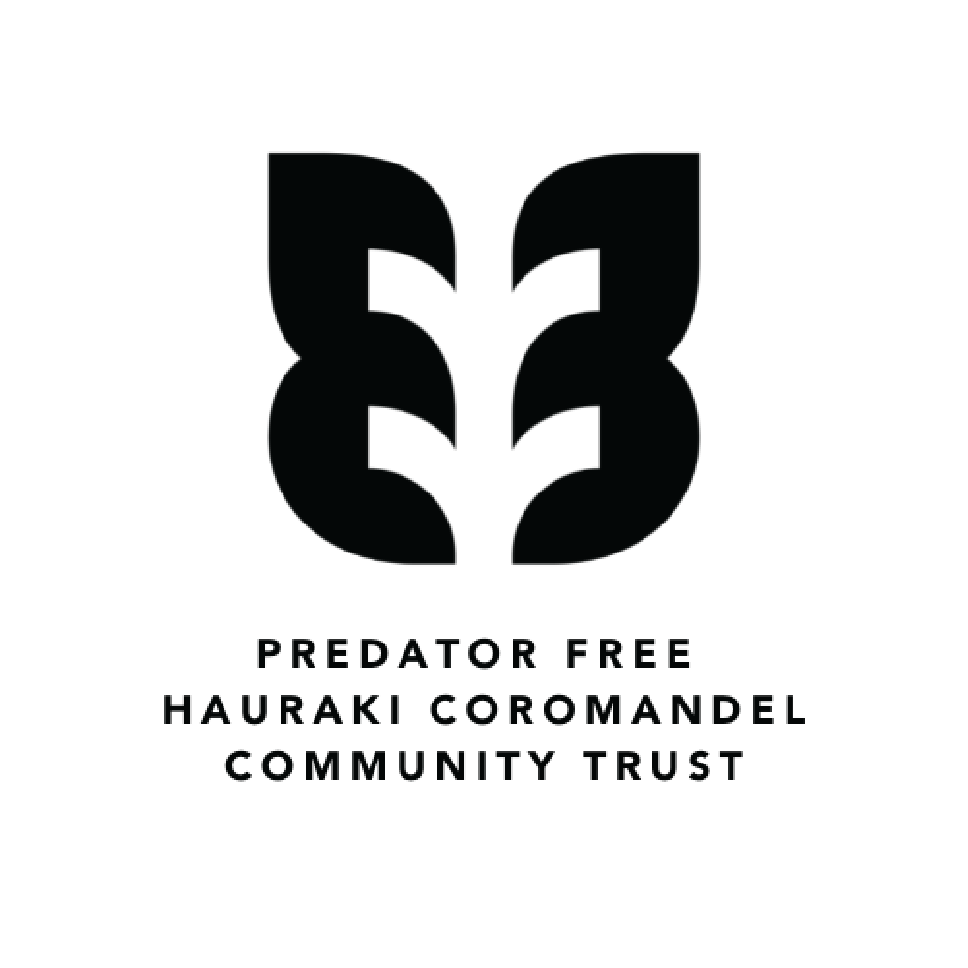A Healthy Whangamatā Harbour, with Care
Proudly jutting out between the harbour and the estuary, at high tide Whangamatā becomes almost surrounded by water. The committed volunteers at Whangamatā Harbour Care (WHC) are doing all they can to keep this unique moat around their town as healthy as possible.
With its beautiful harbour, wetlands and estuary, Whangamatā is as attractive to native birds as it is to young revellers on New Year's Eve. And just like the holidaymakers, the dotterels, oystercatchers, and bar-tailed godwits are finding themselves battling for accommodation.
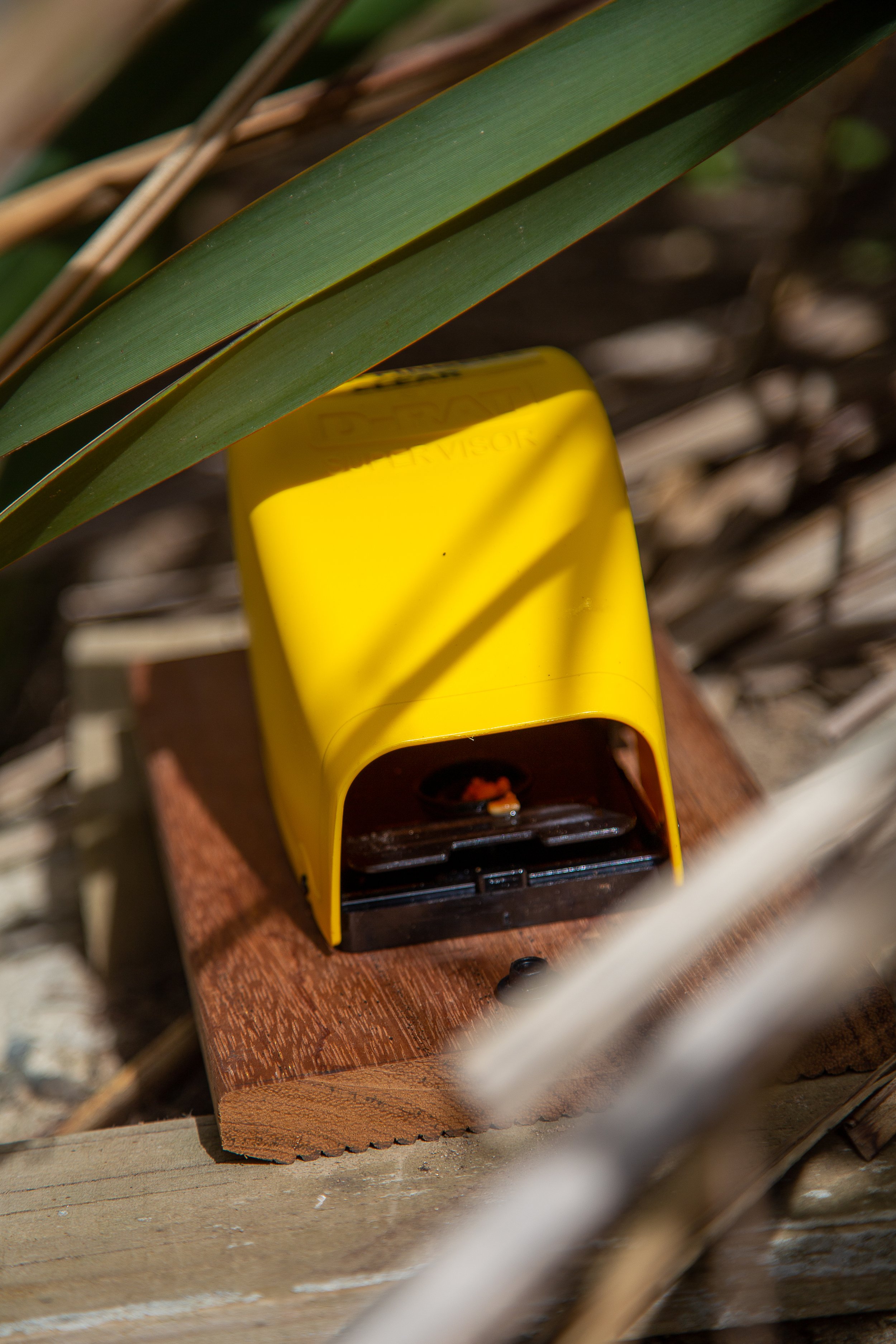
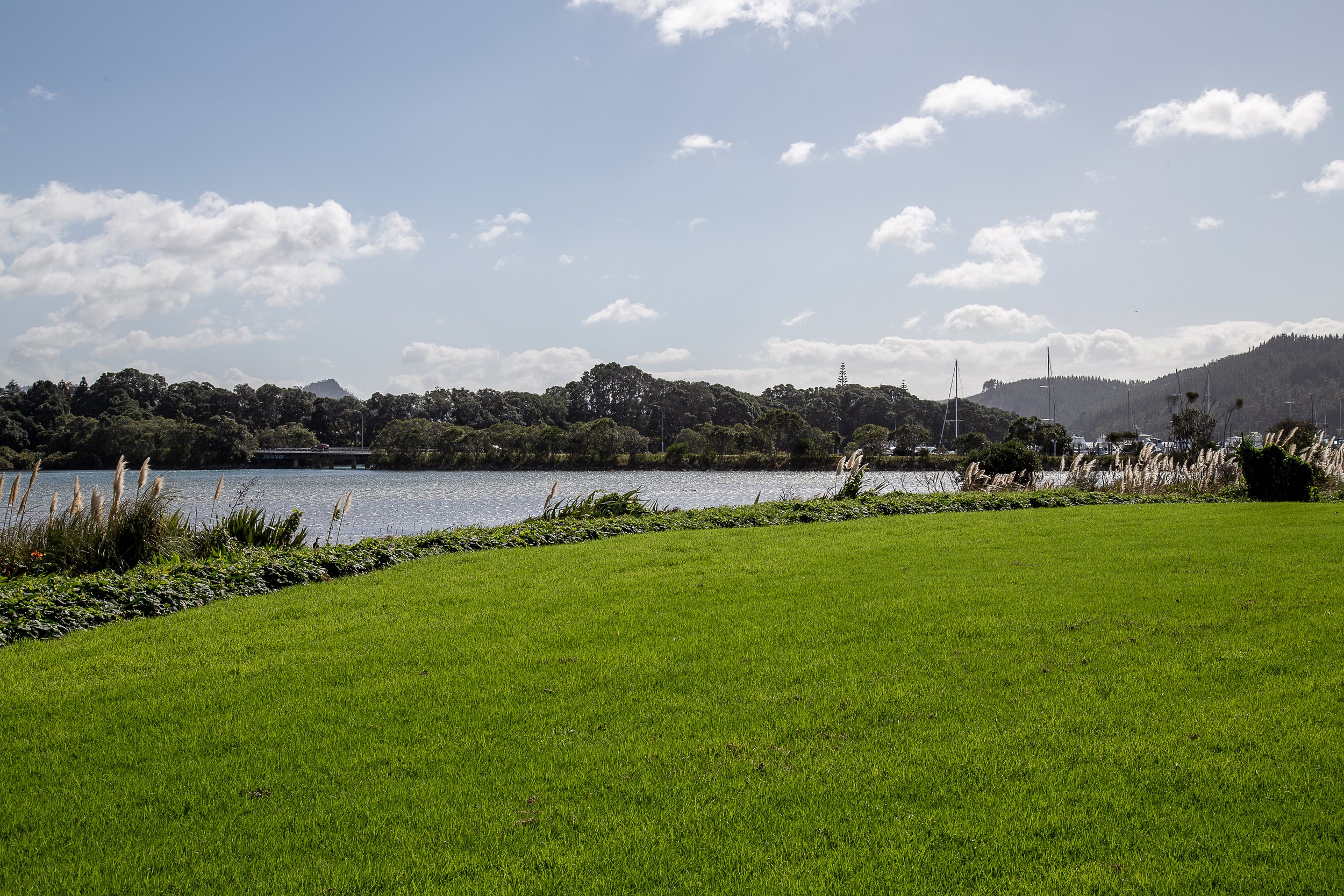
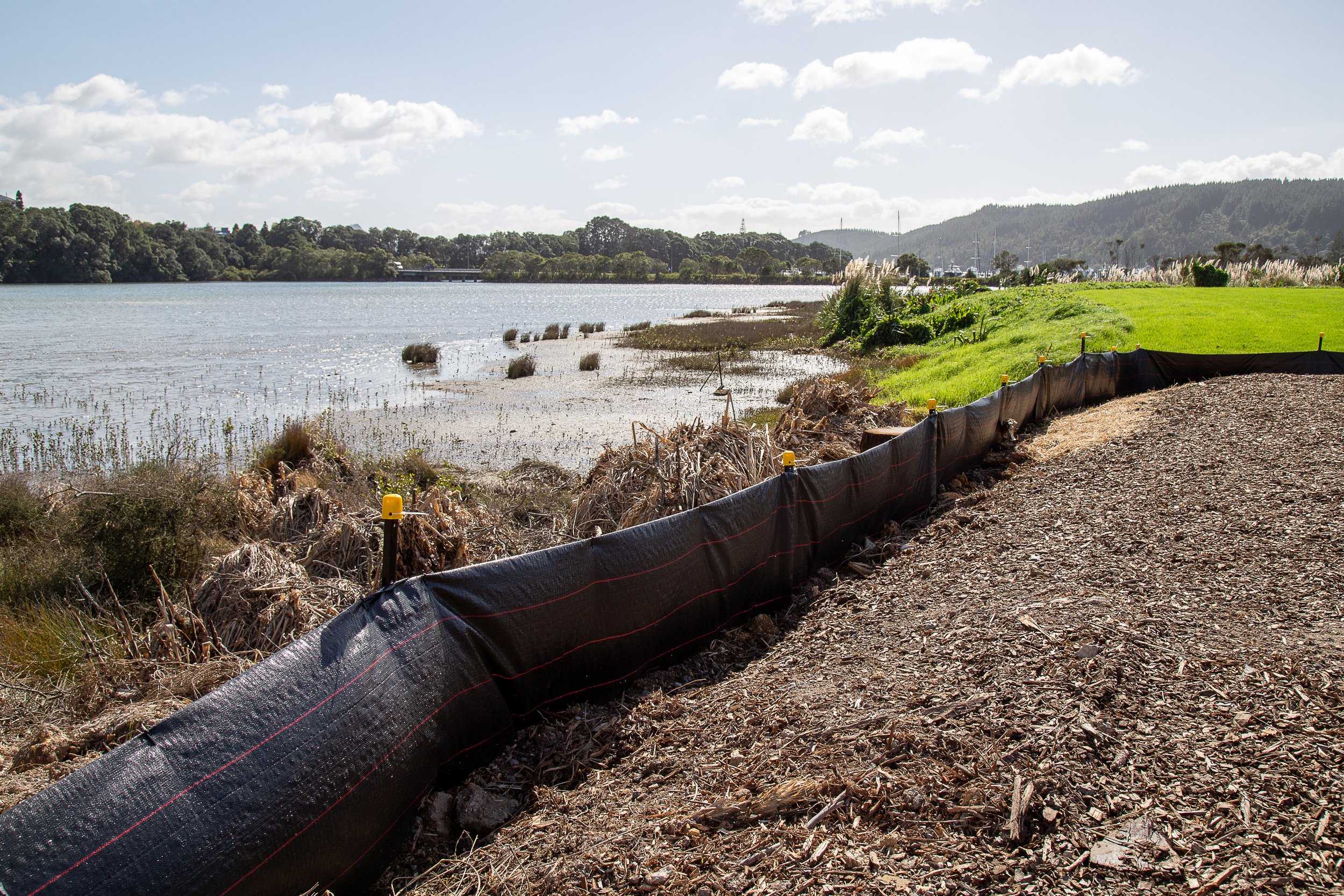
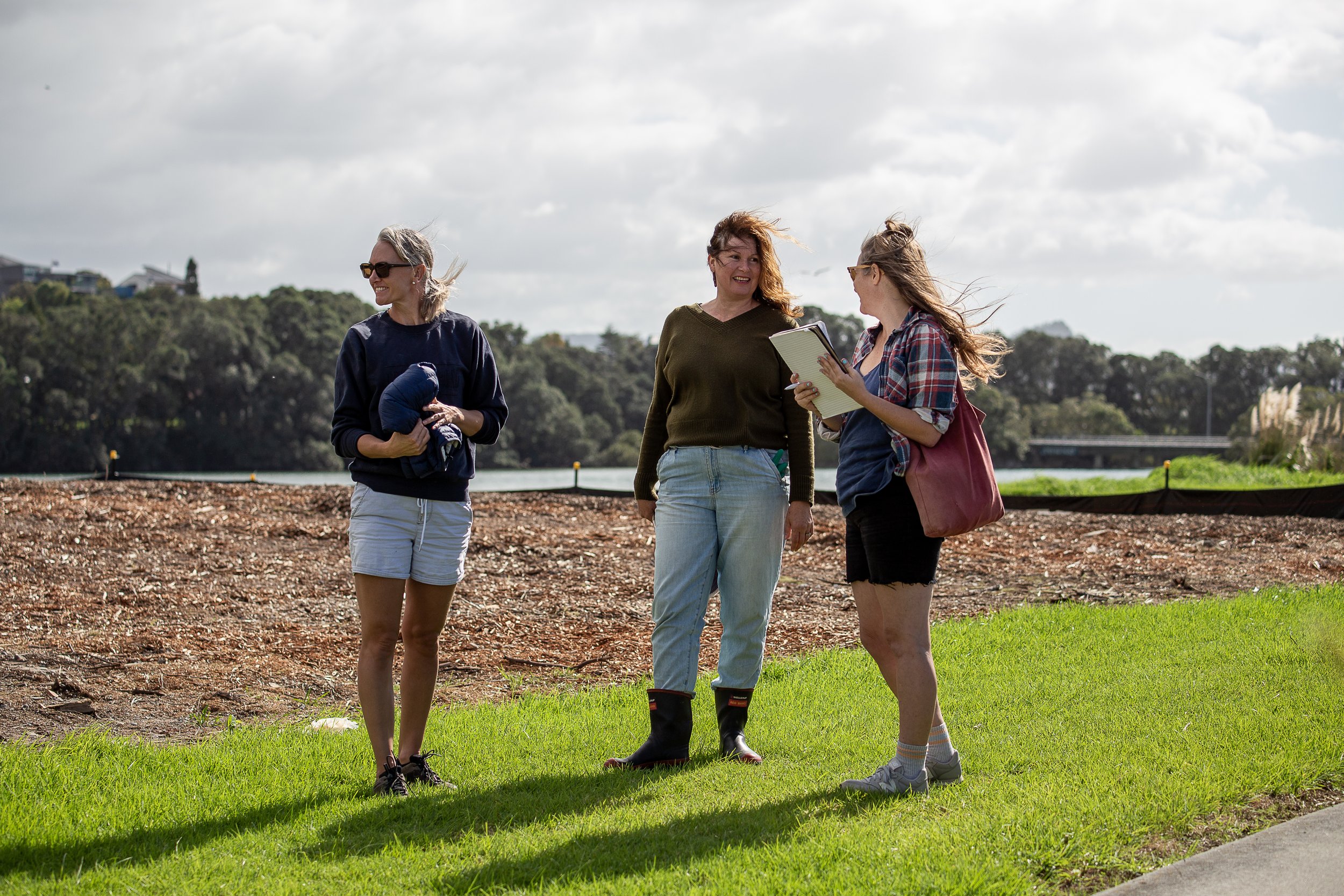
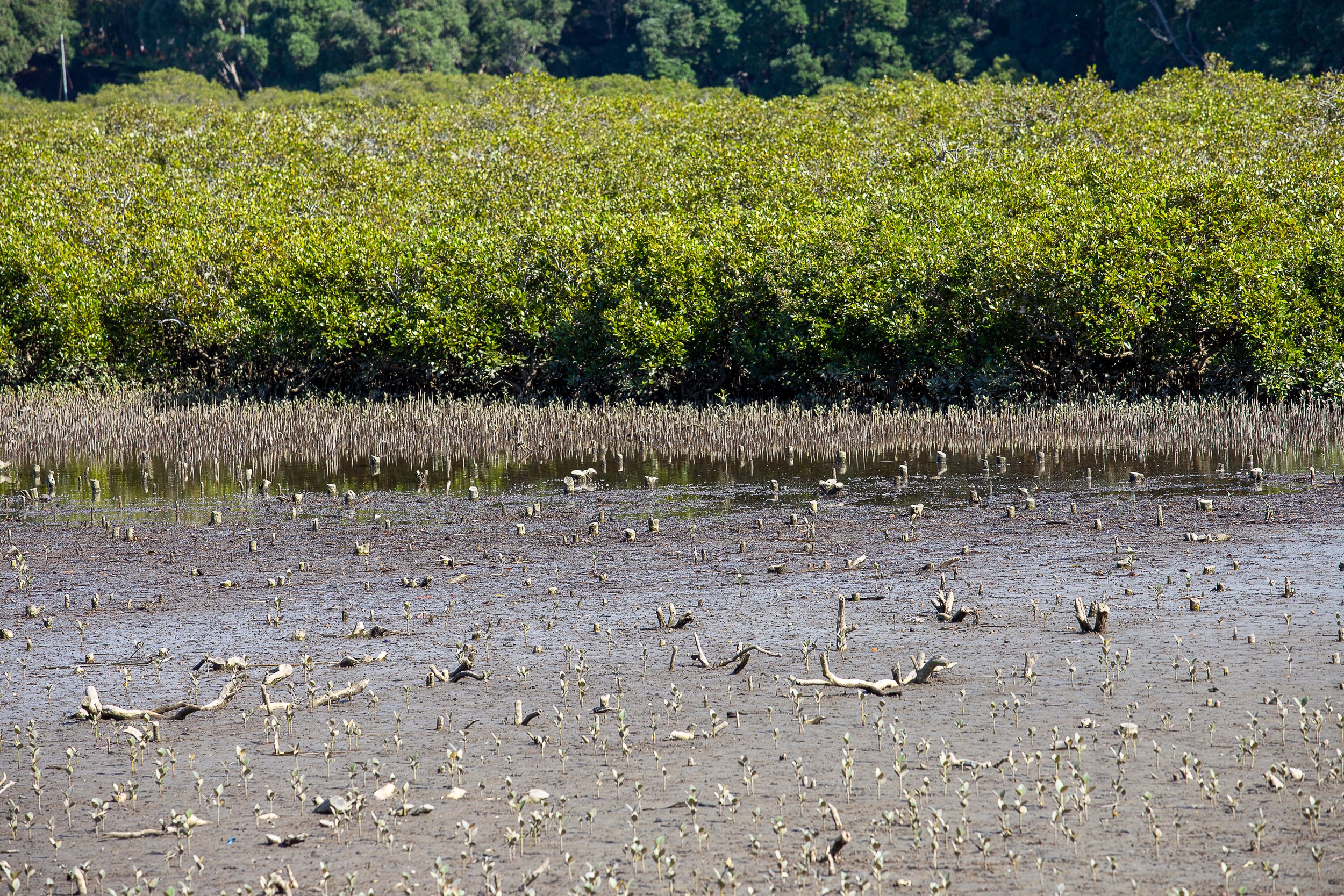
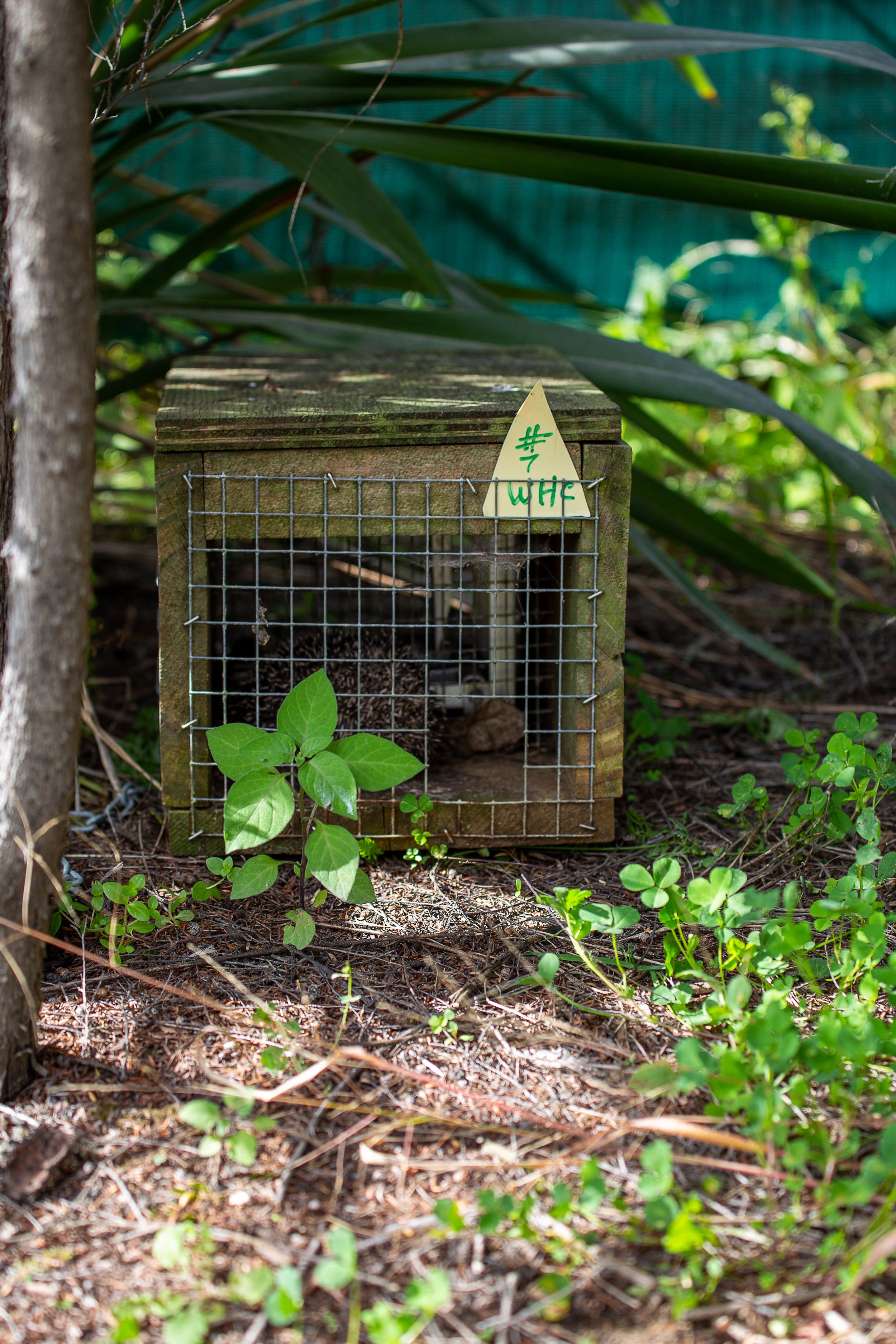

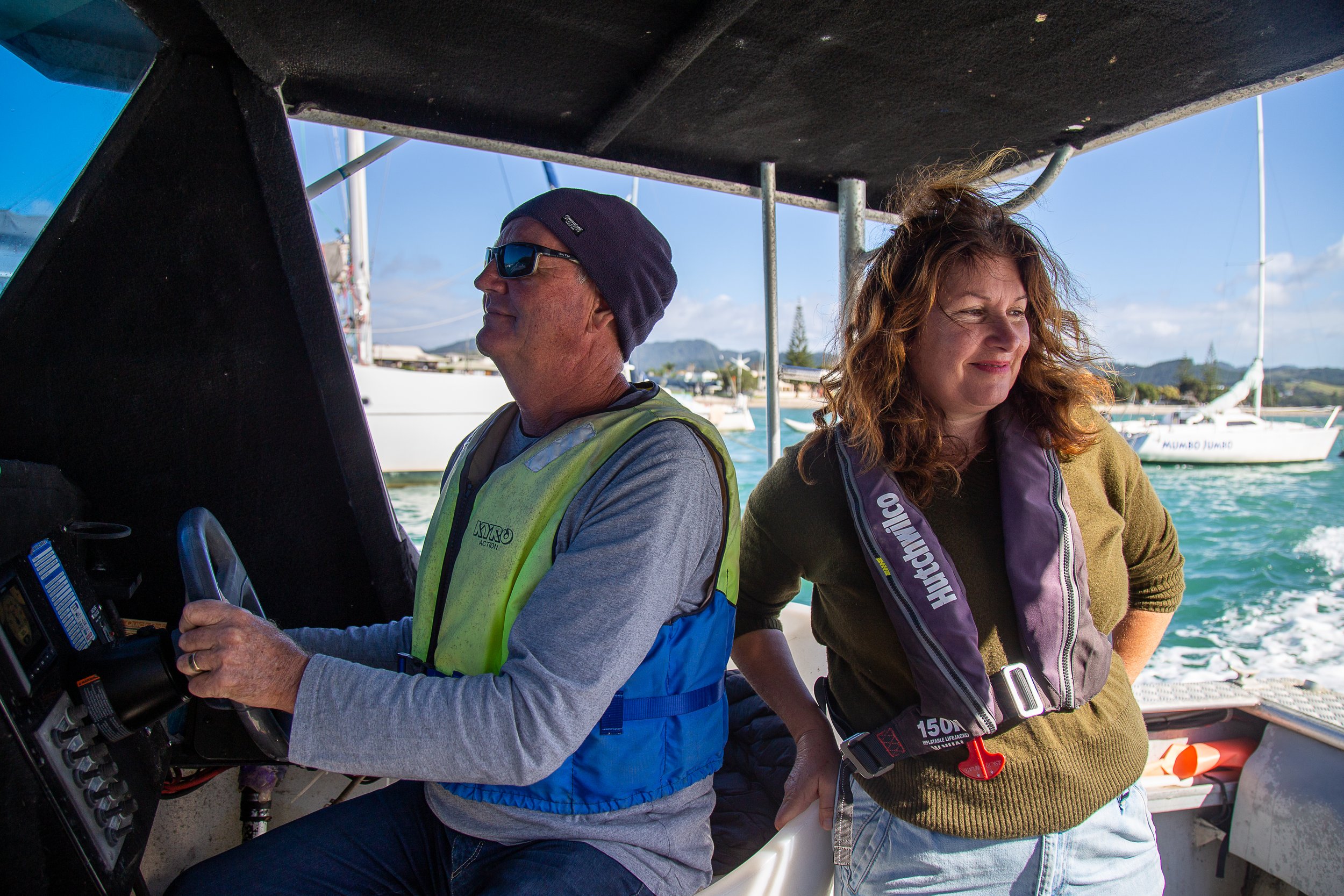
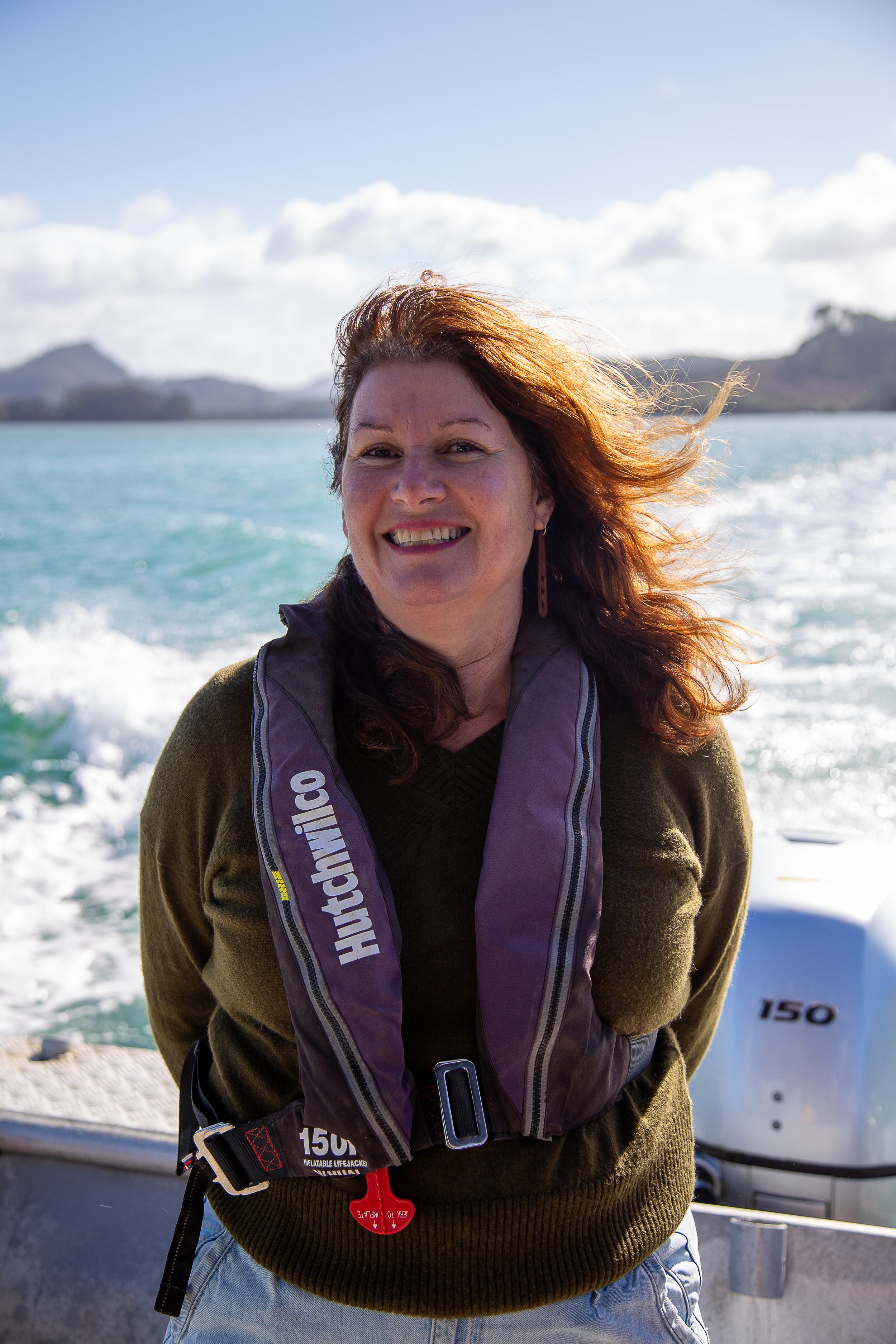
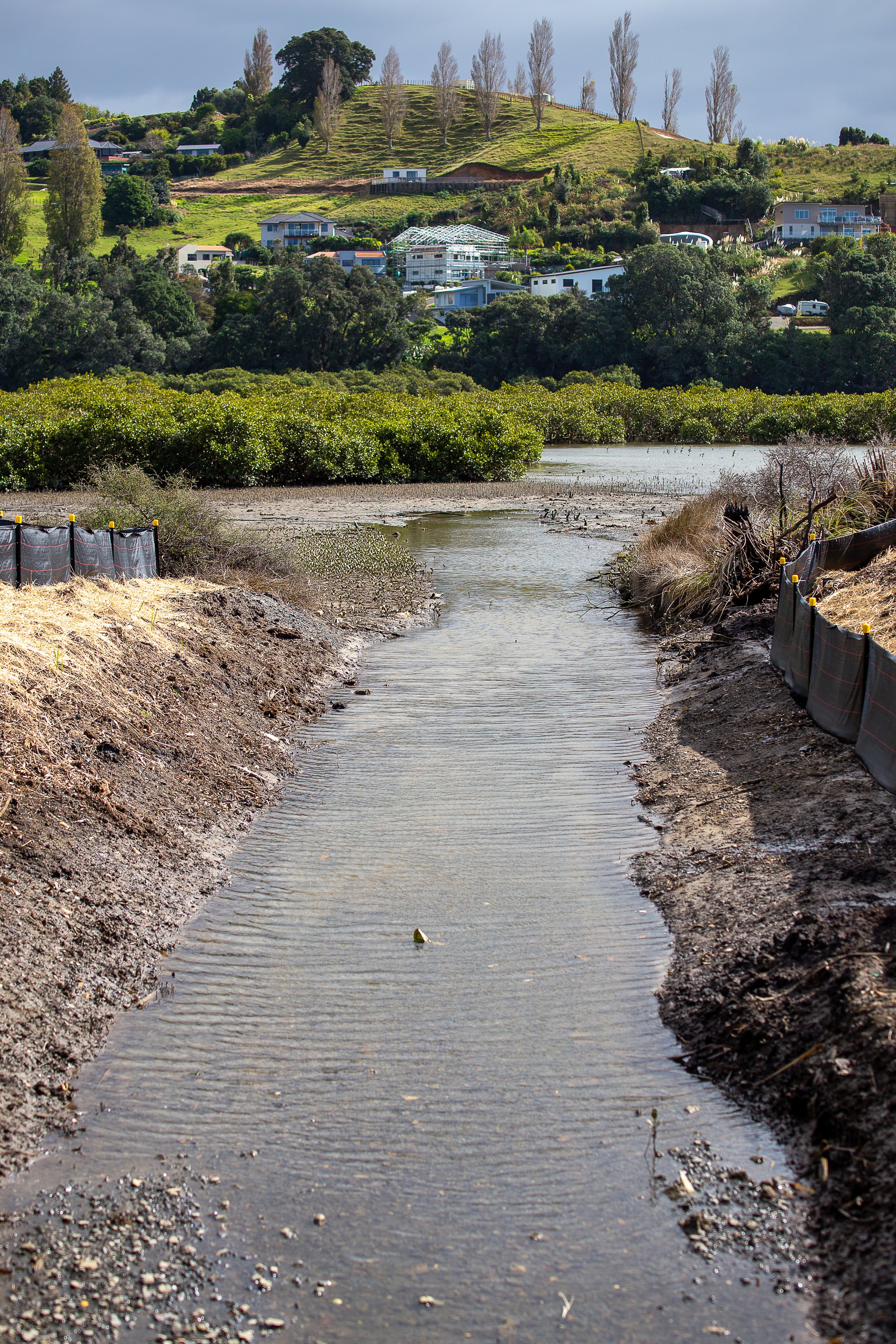
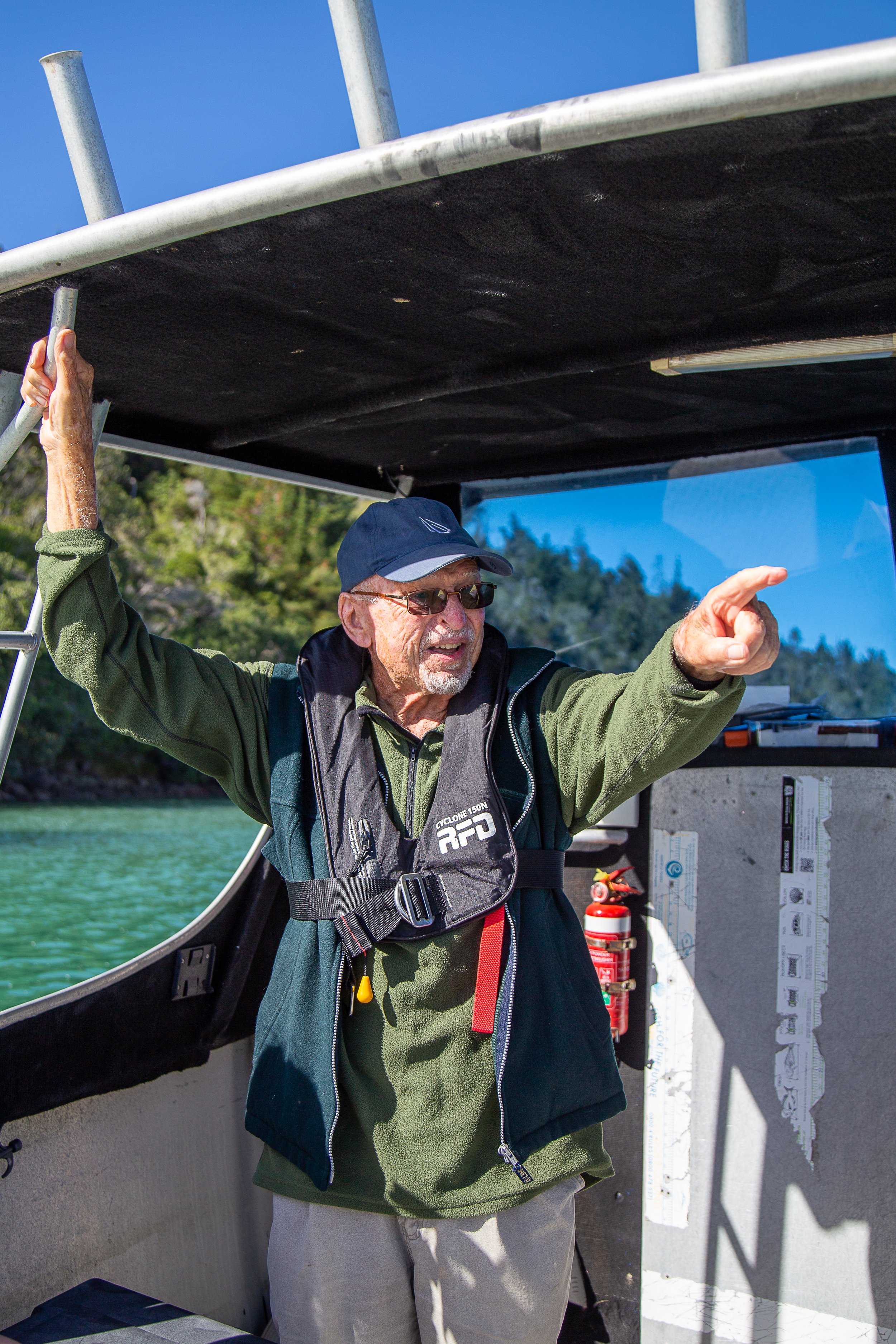


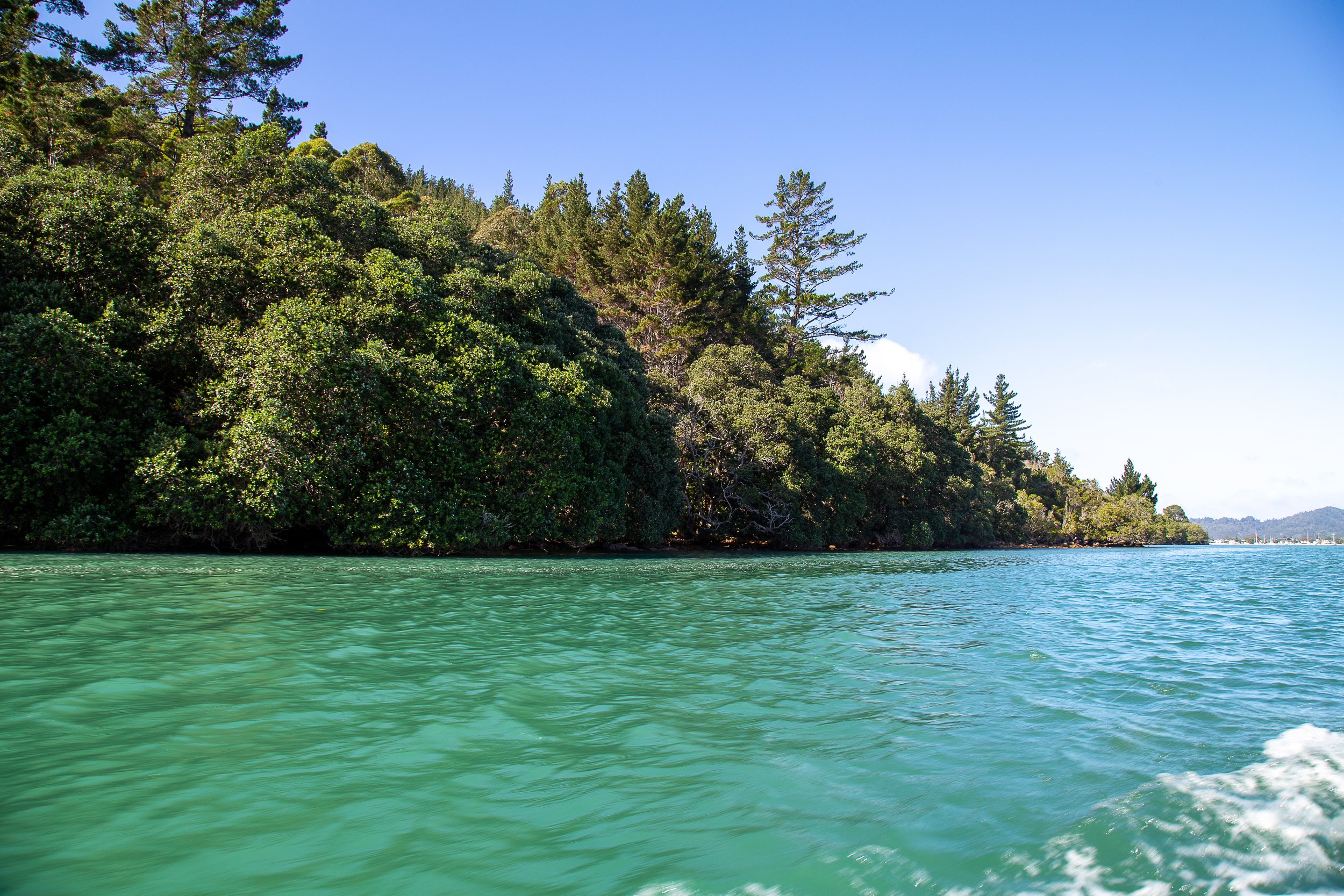

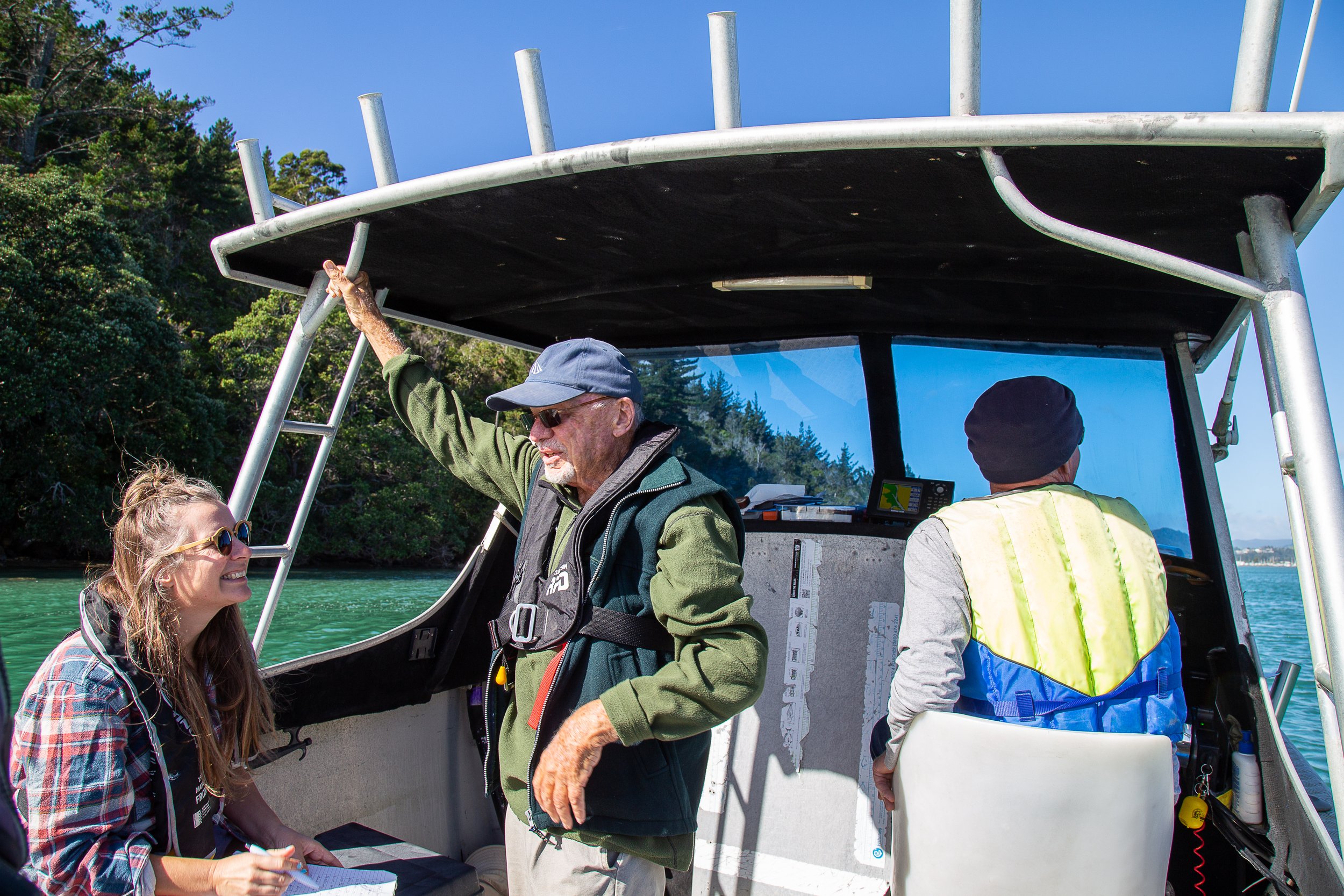
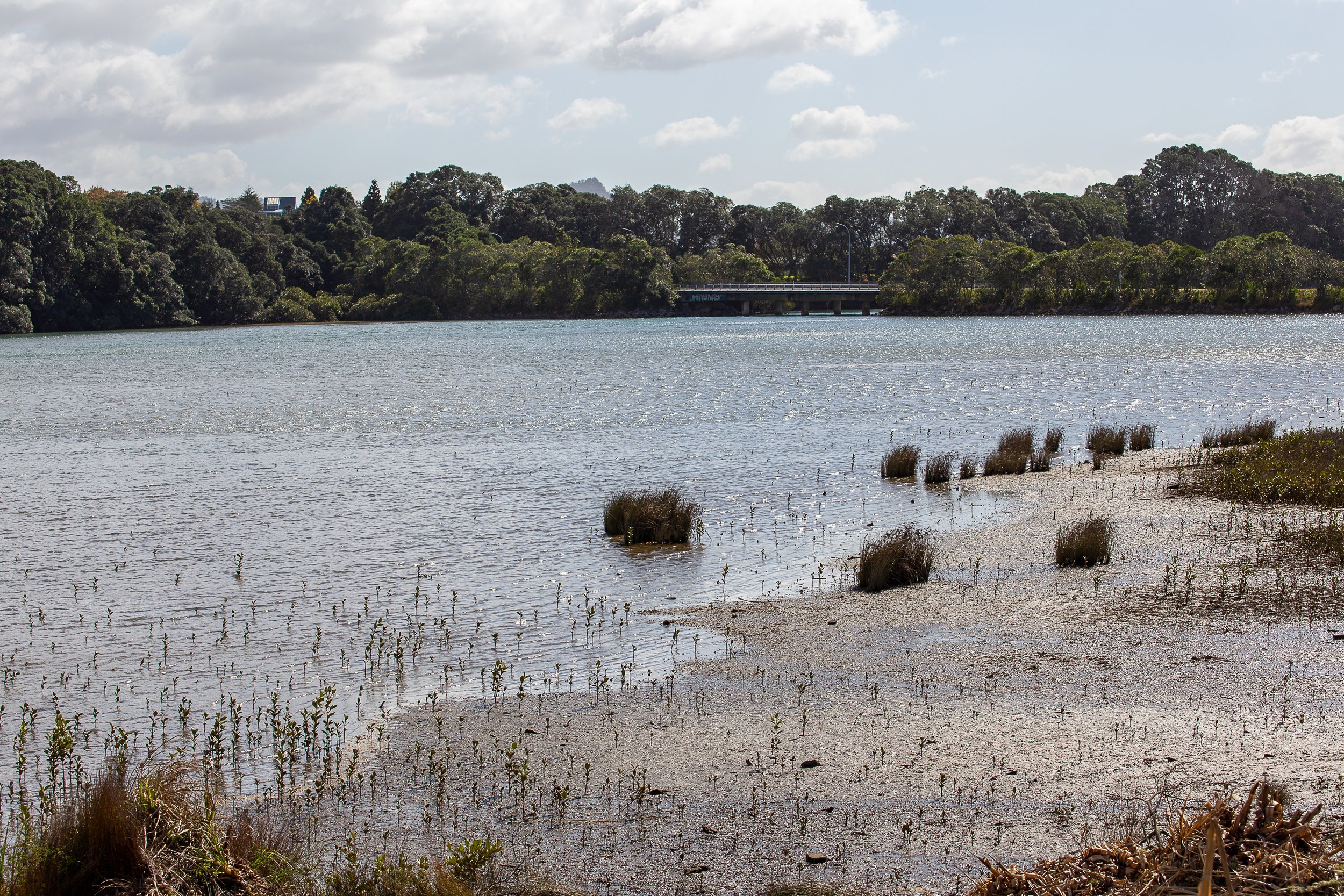


“They’re facing a housing crisis, just like us” local Graeme Webb explains on our sunny autumn morning cruise around the glassy harbour. Graeme points out a strip of sand which is the only remaining high tide roosting spot for these three species due to mangroves occupying the traditional spots further up the harbour. At high tide, which is rest time for birds after feasting at low tide, the sliver of beach disappears to almost nothing. This area adjacent to Beach Road is a public reserve and a popular area for dogs off-leash – not great conditions for siesta time for the birds and their young.
Our boat cruises into Pātiki Bay, named for its once-abundant flounder. Graeme tells of the ingenious way Māori over generations would collect flounder and other fish species here, including small sharks, using fish traps. The fish were dried for later use as were pipi which were threaded on thin pieces of flax like a necklace and smoked over kawakawa, which discourages flies. “They’d get their winter food ready in summer, without the flies” Graeme chuckles. Just beyond the bay, a patch of seagrass hovers like a lawn on the water’s surface and a clutch of wading birds is feeding out there. Mangroves have eaten away at their roosting area so Graeme has ambitious plans to build one right here on the harbour. He paints the picture of a high tide island made from rocks and sand, a safe sanctuary from people and dogs.
WHC has built a good relationship with forestry on the far side of the harbour where pine is being stripped out in sections so as to not overwhelm the harbour with sediment. Roselle Gould, along with her husband Dave Beatty and other volunteers from WHC, look after traplines that run through the beckoning finger of native bush and forestry that wraps around the eastern side of the harbour. Roselle and Dave check one of the lines by boat after early efforts on foot and saw them up to their waists in silt. It’s not an easy line to maintain, but given the ancient pōhutakawa that dwell there, it’s an important one. “If the pōhutakawa didn’t flower at Christmas…” Roselle trails off, a Coromandel summer without the crimson ornaments would be unthinkable to all.
Graeme is a font of local knowledge, able to quote birdlife numbers and drop fascinating historical tidbits into conversation. He talks of kauri at the head of Whangamatā' harbour being cut and shipped to the UK during World War II for minesweepers, though redundant by the time it arrived. He adds that Whangamatā was once used as an experimental area for pine species that concluded in the 1940s, marked by the dumping of pines into the harbour blocking its mouth for three tides.
Graeme has been visiting Whangamatā since the 1940s, becoming a permanent resident 28 years ago. His encyclopedic knowledge of the flora and fauna drills down to the number of nesting dotterels in the area three decades ago. One of the wonderful things about groups like WHC is people like Graeme have the chance to pass on this oral history to future generations, a history that might otherwise be lost. It’s an infectious devotion to a place that attracts the next generation of kaitiaki and is essential to the continued success of conservation groups.
Also essential is strong communication with stakeholders. Susie Artz now looks after the website and social media for WHC having lived a previous life in marketing and PR in Auckland. Such skills are as crucial for luring in volunteers as traps and bait are for pests, and the Facebook page and website are fabulous resources for volunteers and locals alike. Roselle notes though that in a small town, a chat in the street is probably the greatest recruitment tool: “In small communities, you stop and talk, that’s how you find things out.”
Susie receives kickbacks from the group in the form of daily sightings of the banded rails/moho pererū that live virtually on her doorstep. Susie’s house is adjacent to the Moana Anu Anu wetlands that feed into the harbour, and these usually elusive, at-risk birds have set up home off the Hetherington Walkway. Susie is also involved in the cleanup and planting of the walkway, which a number of industrial sites back onto. It’s a huge task, eradicating the creeping pampas and convolvulus along with decades of factory debris, then replanting the razed whenua with natives, all the while trapping to keep the birdlife safe. Susie is certainly up to the challenge though, seeming unperturbed by the mission – it’s a rough diamond but it’s easy to see what a sparkler it will one day be.
The group’s biggest issue is mangrove management. Susie stresses that they aren’t anti-mangrove as the trees do play a role in harbour ecosystems, but that shouldn’t be to the detriment of other species. This is where the comms kick into high gear, and with a clear and compelling narrative about their vision for mangrove management features on their website: www.whangamataharbourcare.com.
Roselle is clear about what the future of the group holds: they won't lose any more biodiversity under the group’s watch – a bold claim that’s easy to believe when told with such passion and track record. To ensure this, they need more people on board to help as many hands make light work of checking traps and pulling mangrove shoots. This is what will guarantee future generations the chance to enjoy Whangamatā harbour’s beauty and ensure that biodiversity continues to flourish within the beloved moat cradling this special town.
Article by: Carolyn Wadey-Barron
Photography by: Jodi La Grouw
If your community conservation group would like to share your story and be featured on our blog, please get in touch! If you are interested in volunteering in the Hauraki Coromandel head over to our Contribute page and read more.

